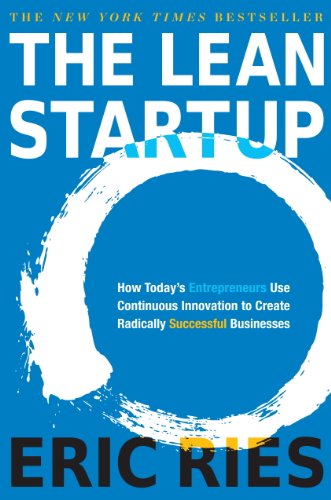

This article is an excerpt from the Shortform summary of "The Lean Startup" by Eric Ries. Shortform has the world's best summaries of books you should be reading.
Like this article? Sign up for a free trial here .
What is a video minimum viable product? How do you build one, and have it test your Lean Startup hypotheses? Learn the key tips here.
Intro to the Video MVP
The critical question you need to answer is for your business: what is the MINIMUM product you can build to get reliable data on your hypothesis?
This product is termed the Minimum Viable Product (MVP) and is one of the most important concepts in Lean Startup. This is the product that is the bare minimum to test your hypothesis. Unlike normal product development, you are NOT aiming for product perfection – you’re merely trying to start learning as soon as possible.
The value hypothesis is key to most startups – “does anyone want what we’re building?” The typical wrong route many entrepreneurs make is to simply build their full product, then wait for results. Here’s the problem – every extra feature you add before testing means wasted time. You might be pointed entirely in the wrong direction. Building features nobody wants means more wasted time before you test and find out you’re in the wrong direction.
The Video MVP
Before building a functional product, you can simply make a video MVP simulating what the product does. Even without using the actual product, watching the video will give enough info for viewers to decide whether they want the product shown.
This is what Dropbox did at its beginning with a video MVP. If you haven’t heard of it, Dropbox is a file syncing software that synchronizes your files across your devices. If you upload a Word doc to your Dropbox folder on your laptop, you can then access the same doc on your work computer or your phone.
This is a super-complicated product to build, and also hard to describe in words. In 2007, Dropbox’s founder, Drew Houston, had built an early prototype, but it wasn’t fully functioning, and it wasn’t ready to handle a massive number of users. But Drew still wanted to test whether people wanted his product.
So he recorded a video of his prototype, demonstrating its main features and use cases. At the bottom of the video was a form to join the waiting list for the private beta.
Drew posted this video to Hacker News and Digg, and the response hit a nerve. It drew hundreds of thousands of views and grew their beta waiting list by thousands. Without having to release his product, Drew was able to prove that people truly faced a file sync problem, and Dropbox was the solution. He could now move forward and actually build the product with confidence.
Watch the actual original Dropbox explainer video from 2007 here.
Isn’t that neat? Without any engineering time, without building an actual product, you can gauge interest for your product with just a Video MVP!
———End of Preview———

Like what you just read? Read the rest of the world's best summary of "The Lean Startup" at Shortform . Learn the book's critical concepts in 20 minutes or less .
Here's what you'll find in our full The Lean Startup summary :
- How to create a winning Minimum Viable Product
- How to understand how your startup will grow
- The critical metrics you need to track to make sure your startup is thriving






